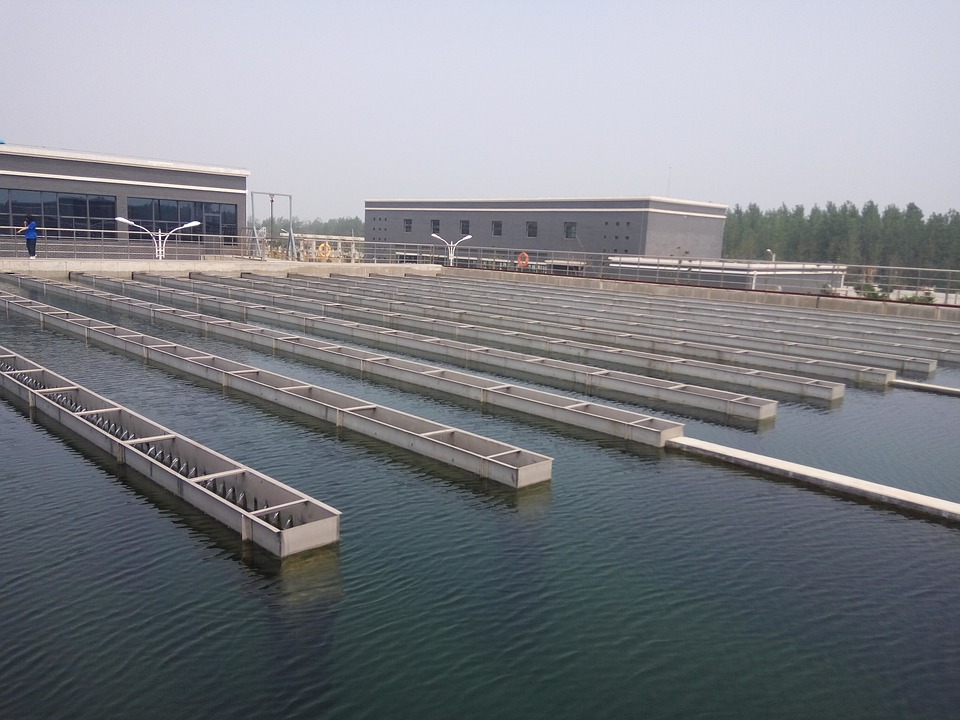Wastewater and Chlorination: Why It Matters
Written by AOS Treatment Solutions on October 31, 2017

For years, chlorination has been used to disinfect municipal wastewater. Ideal for creating safe, potable water for consumers and protecting nearby rivers and streams, chlorination helps banish microorganisms in wastewater and decrease the likelihood of outbreaks in municipal water systems. Here’s what you need to know about wastewater chlorination and how it protects and improves the modern water supply.
What are the benefits of chlorinating municipal water?
The practice of chlorination began in the 1990s when the Centers for Disease Control and Prevention introduced the Safe Water System as a way to respond to widespread cholera epidemics throughout South America. To address and stop the outbreak, the CDC and the Pan American Health Organization began treating municipal water with a solution of diluted chlorine bleach. The approach had, and continues to have, many benefits, including:
- A dramatic reduction in bacteria. Adding a diluted chlorine solution to municipal water is very effective at killing bacteria and viruses in wastewater known to cause certain diseases.
- Ease of use. Wastewater can be challenging to treat. Fortunately, chlorination is a simple and effective tactic that can easily be applied to municipal wastewater.
- Scalability. Chlorination is scalable and suitable for large municipalities.
- Cost-effectiveness. Chlorination is a cost-effective way to treat wastewater.
How common is chlorination?
Chlorination currently ranks as the most common method of wastewater disinfection in the world. Most commonly, it’s used to treat wastewater before it discharges into local bodies of water, such as rivers, streams and oceans. Because it’s so useful at destroying bacteria, protozoa and viruses, chlorination helps protect the health and safety of large and small municipalities around the world.
What are the risks of unchlorinated wastewater?
When wastewater is discharged from a treatment facility without the benefit of chlorination, it has the potential to make its way into the human system, by way of drinking water, through recreation, or as a result of the consumption of aquatic animals and shellfish.
Before chlorination, wastewater contains high volumes of E. coli, salmonella and shigella, among others. These can make people very sick and may create a public health crisis if allowed to run unchecked. In fact, the CDC has recorded several cases of shigellosis outbreaks that resulted from people eating shellfish from areas contaminated by wastewater.
To prevent such outbreaks and similar complications, it’s essential for wastewater treatment plants to apply chlorine during the upstream and downstream phases of treatment.
Does chlorination apply to drinking water?
For more than 90 years, chlorination has been used in municipal drinking water supplies, as well as in wastewater. This is due, in large part, to the fact that chlorination is cost-effective, efficient and simple to do.
Chlorinating drinking water reduces the level of microorganisms and is viewed as one of the most important advancements in public health in the last 100 years. Thanks to the widespread chlorination of municipal drinking water, waterborne diseases, including cholera and typhoid, have largely been eradicated in the United States.
The case for chlorination in wastewater treatment
Today, the uses of chlorination are many. While wastewater treatment plants deal with contaminated water through an assortment of methods, chlorination stands out as one of the most effective and attractive. Cost-efficient, scalable and easy to implement, chlorination is an excellent protection against contamination in both municipal wastewater and drinking water.

